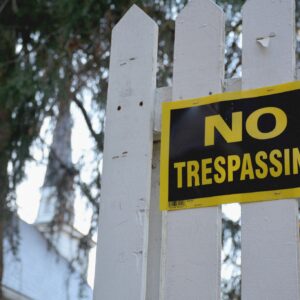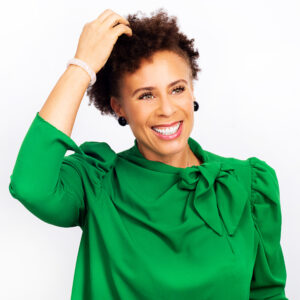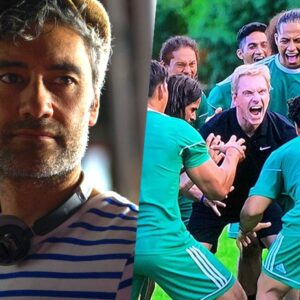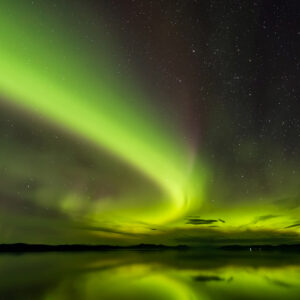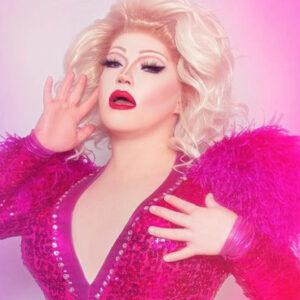
For westerners, the concept of marriage is defined as “the process in which two people make their relationship public, official, and permanent. It is the joining of two people in a bond that punitively lasts until death but in practices is increasingly cut short by divorce.” And this is performed before their families, friends, colleagues and acquaintances.
But for Haudenosaunee women, who hold the responsibility of passing on their clan and nation to their descendants, traditional marriage creates a much deeper bond than simply promising to love until death and being recognized as married by law.

From the ceremony to their vows, a traditional couple is surrounded by immediate family, loving relatives and supportive friends.
The couple, the parents and the rest of the family are each given duties during the ceremony – all is done to help ensure that the couple have ample support and are assisted with any problems as a team.
Two chiefs must also be present and it is a ceremony that recognizes the importance of the family unit, and views the union of the couple as a union of families that will be working together to help the couple.
Amber Skye was married through an outside ceremony alongside the Grand River that incorporated modern and traditional marriage. The speech spoken during the ceremony was the same used within the longhouse for fully traditional weddings, and Skye made the decision to follow with what she wanted as a bride.
“I had originally wanted to do both but people were like ‘you’re not supposed to do that,’” said Skye.
“So I had to decide and that’s why I got Hubert Skye to marry us and we did it outside. It was still like our [traditional] ceremony but I just wanted to be able to wear the dress,” she said with a laugh.

Skye said that the reason traditional and western marriages were advised to never both be put through for couples has a lot to do with the drinking of alcohol at receptions, as alcohol is not allowed near ceremony. She also explained that a traditionally influenced wedding is nothing like a western wedding either.
“That’s the other thing about our weddings too is that they aren’t these big hoopla events that they are in Western society because it’s more like a commitment and responsibility now to your family. And if you have kids already, like we already had our daughter Aleena, it was like we were already married. Like in our traditions we would be connected forever and that’s what they tell us about having babies.”
Skye included that she had always wanted to be married by Hubert Skye, who, during his lifetime was a recognized solemnizer of marriages for the longhouse faith and performed well over 400 traditional marriages. She said that she found even more appreciation for the ceremony afterwards.
“I also like that the ceremony is a lot about the family and the kids,” she said.
“It’s giving us our responsibilities not just to each other, but to our family.”
“I think that the most significant memory of mine was when Hubert was talking to us. He told us about what our responsibilities are then when he talked to our families too I felt like it really involved everybody. It was really not just about us, but everybody and he directed all of us.”
Her sister, Ashley Cooke, who was recently married in a fully traditional ceremony, also said that the entirety of the ceremony is familial.

“We face the mens fire,” said Cooke.
“It went with me and [my husband] Norm in the middle, our mothers beside us, and then our fathers on the outside and the rest of our family behind us.”
She explained that the ceremony is opened with the thanksgiving address, then the speech that entails the duties of the couple, the parents and the relatives is performed.

The couple is then surrounded by their families who shake their hands to congratulate them and a Great Feather dance can be performed to close the ceremony.

In Cooke’s case, she led the women’s line for the dance and she and her husband also exchanged white ash baskets, which was once extremely customary.
Although Cooke has had some issues with changing her maiden name to her married name due to systems not recognizing her confederacy marriage certificate, her memories of the day are still bright with appreciation.

“One of my favourite moments was when my sister pulled into the longhouse and I seen everybody standing outside waiting for us and I started to cry. She’s like ‘don’t cry right now you’re going to ruin your makeup,’” said Cooke with a laugh.
“I looked around and just knowing that all of our families were coming together for me and Norm meant so much to me, and I just tried not to [get emotional about] it.”
It is very easy to see that to traditional Haudenosaunee, marriage is just another way for a couple and their respective families to connect, grow and support one another.


